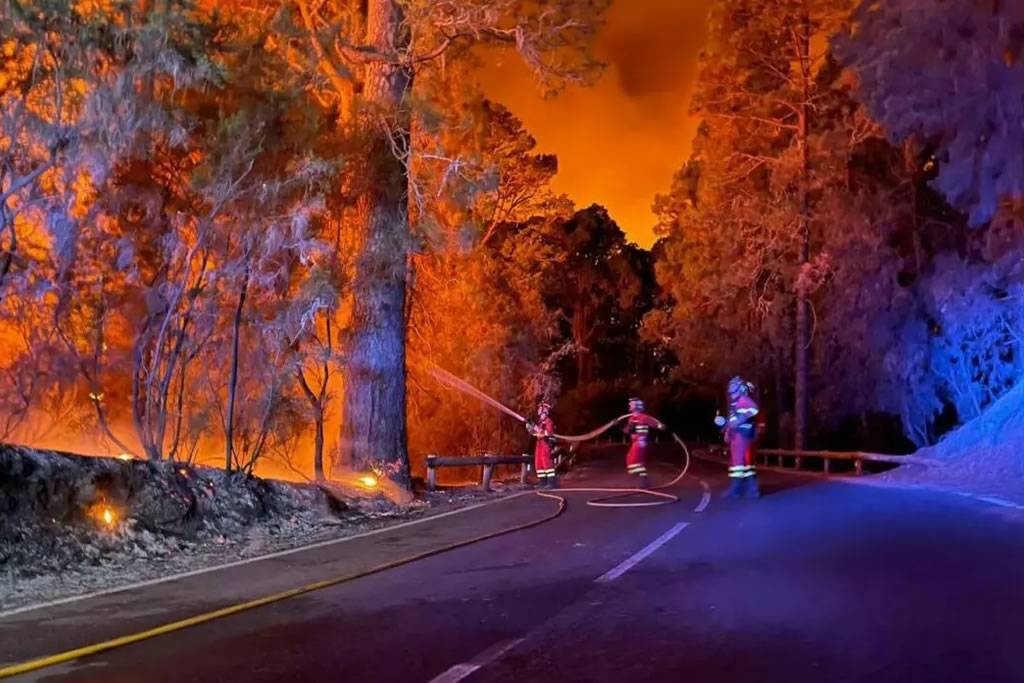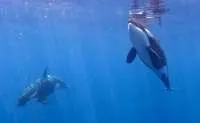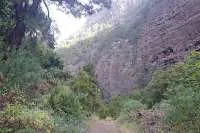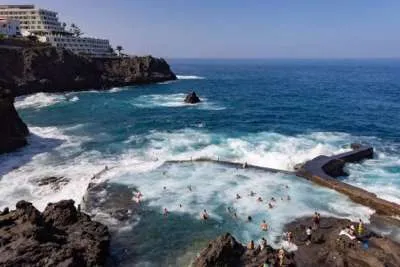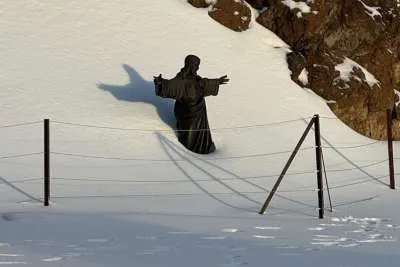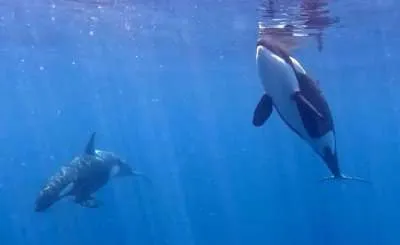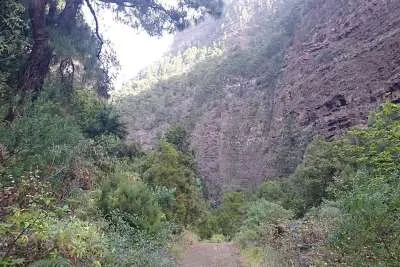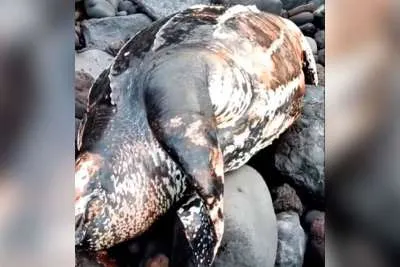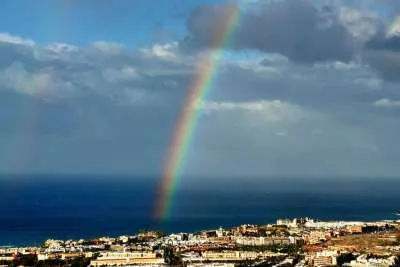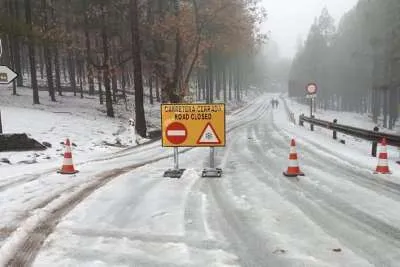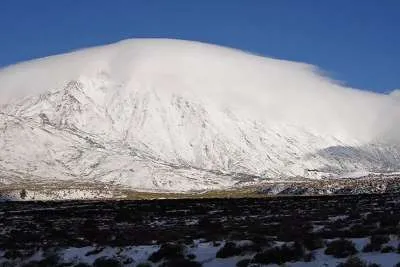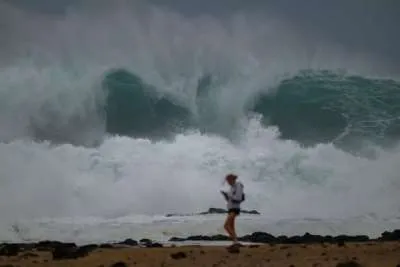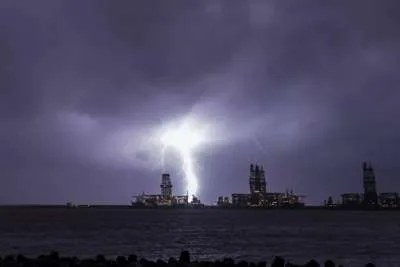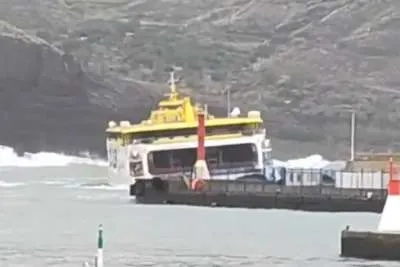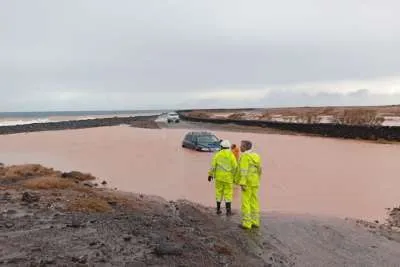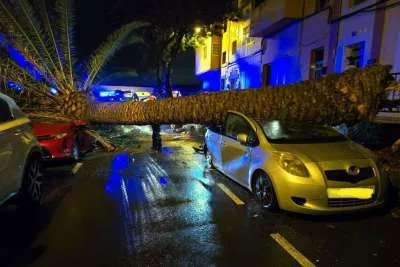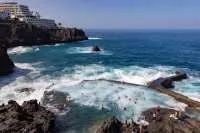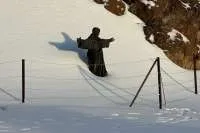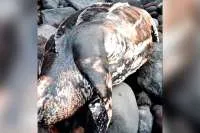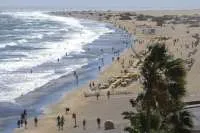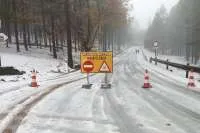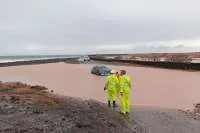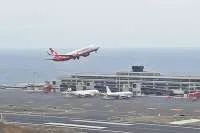Extreme drought raises forest fire risk in the Canary Islands
- 14-06-2024
- National
- Canarian Weekly
- Photo Credit: CW / Europa Press
In light of worsening drought conditions and the heightened risk of large wildfires this summer, experts advising the Canary Islands Government on forest fire prevention have warned of the need for increased vigilance in the region's forests. This was emphasised during a special monitoring meeting of the Plan Canario de Protección Civil y Atención de Emergencias por Incendios Forestales (INFOCA) held at the Presidency headquarters in Santa Cruz de Tenerife on Wednesday.
The meeting, attended by Canary Islands President, Fernando Clavijo, Security Councillor Nieves Barreto, and Territorial Policy Councillor Manuel Miranda, focused on the current weather situation and available resources since the fire pre-alert was activated in March.
"This summer poses a greater risk for large fires compared to last year," warned Manuel Miranda, highlighting the critical role of prevention. He urged residents to act as vigilant eyes in the forest, stressing the importance of early detection and rapid response to any fire outbreak.
Experts have noted that this summer begins under worse climatic and meteorological conditions than the previous year, with a 70% likelihood of higher-than-average temperatures and low precipitation expected. The Canary Islands have been experiencing a prolonged drought lasting over a decade, coupled with more than 24 months of unusually high temperatures, sometimes exceeding the average by 3°C.
The accumulated drought, which has not been alleviated by the meagre winter rainfall, remains the primary concern. The past year recorded only half the expected rainfall, with a precipitation deficit of 49%, six percentage points higher than the previous year. This lack of water has left the deep mulch and dead coarse fuel extremely dry and prone to ignition.
The forests are particularly vulnerable due to the accumulated dryness in the subsoil in southern Gran Canaria, southwestern Tenerife, and even the Anaga massif, which has never experienced such a lack of moisture. Concerns also extend to the western slopes of La Palma and nearly all of La Gomera and El Hierro.
Under these adverse conditions, the risk of uncontrollable forest fires is high, necessitating swift and adequately sized responses to any fire outbreak, as emphasised by the Canary Islands Government. Consequently, coordination with municipalities, Cabildos, and the Canary Police will be intensified to enhance forest surveillance.
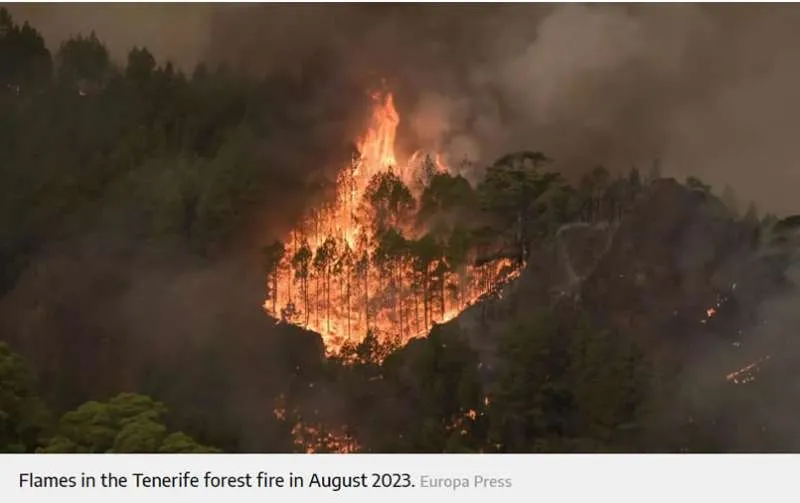
A public awareness campaign will be launched over the summer to remind citizens of the importance of vigilance and prompt reporting of any fire signs to emergency services via the 1-1-2 hotline.
The regional government continues to implement extraordinary measures under the pre-alert phase of INFOCA, such as deploying portable water tanks across the five islands at risk, establishing unified communication protocols for fire response, improving the RESCAN communication network, and assessing the available water network.
Since March, the Department of Territorial Policy, Territorial Cohesion, and Water has intensified coordination with local councils, municipalities, and the state administration to form a special forest fire prevention and extinction unit. This unit comprises approximately 1,450 personnel, 174 ground resources, and 18 manned aerial resources, which will remain mobilised throughout the summer.
While most of the unit is already operational, the state’s aerial resources, including four helicopters and a ground-loading plane, are yet to be positioned on the islands. The total of 1,450 personnel includes technical staff, directors, coordinators, support teams, operational commanders, extinction teams, aerial coordinators, and crews. However, it does not cover non-forest fire-specific operatives such as urban firefighters, emergency coordination centres, police, medical, and logistics personnel.
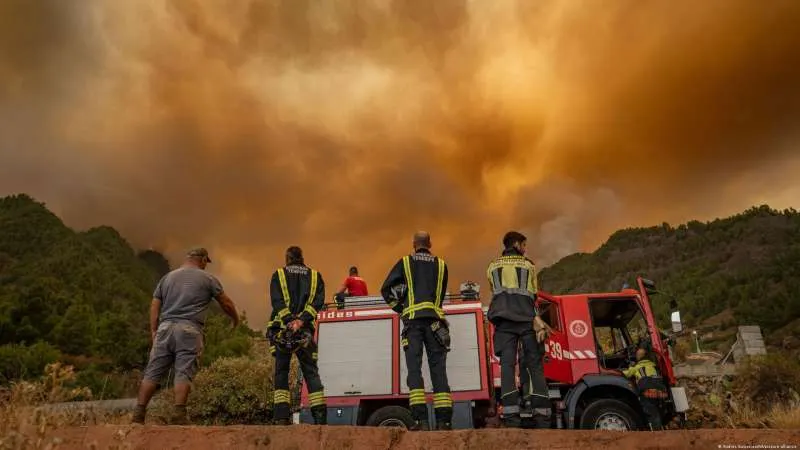
Other articles that may interest you...
Trending
Most Read Articles
Featured Videos
A Vision of Elvis Tenerife Promo
- 10-05-2025
TEAs 2025 Highlights
- 17-11-2025


